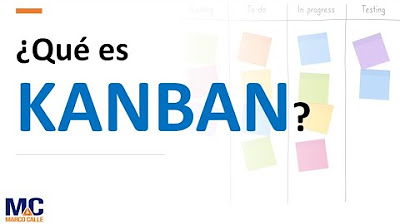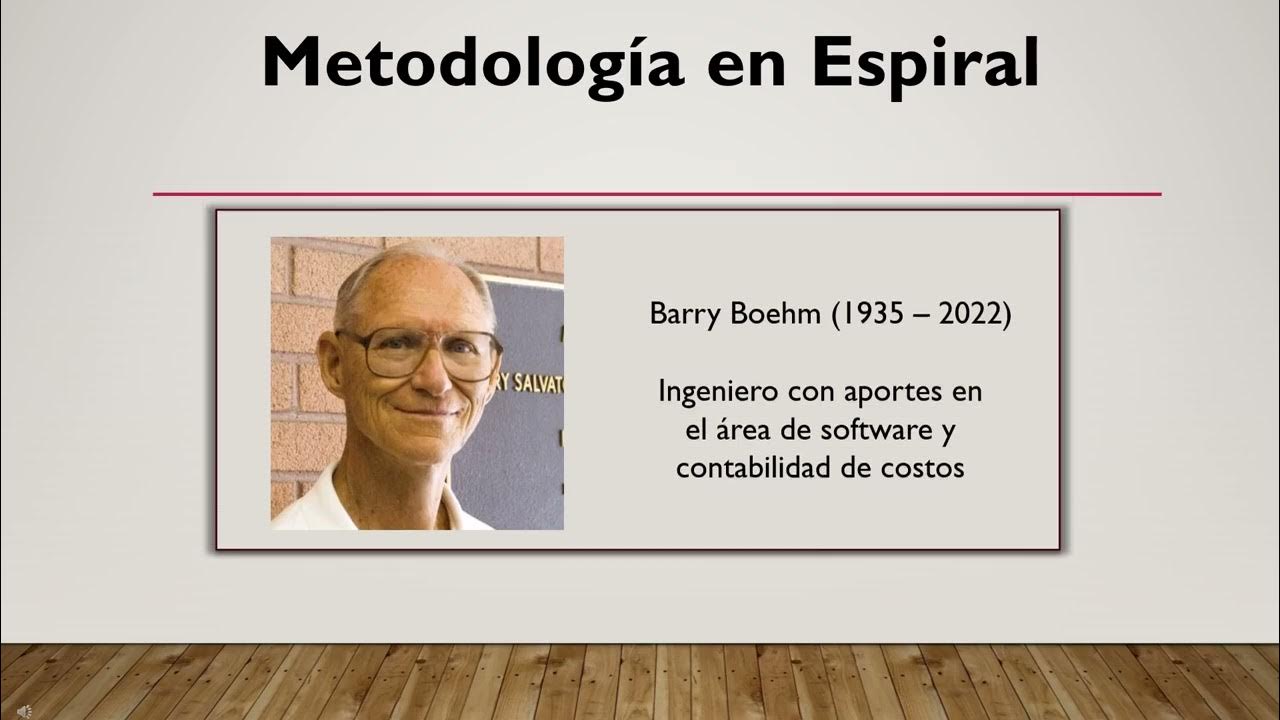🛠 METODOLOGÍAS ÁGILES 📖 (2020) 💻
Summary
TLDREste vídeo explica las metodologías ágiles, su importancia y origen, destacando su relevancia en la transformación digital de empresas. Se describe el cambio de enfoque desde el modelo de cascada a un enfoque ágil que prioriza la entrega continua de valor al cliente. Se introduce el Manifiesto Ágil y sus principios, y se exploran las metodologías ágiles como marcos de trabajo adaptables. Se menciona Scrum como la más popular, con roles, eventos y artefactos clave, y se invita a los espectadores a explorar más sobre Scrum en otros videos.
Takeaways
- 🌐 La transformación digital es un factor clave que ha impulsado la relevancia de las metodologías ágiles en las empresas.
- 📱 Las empresas están creando aplicaciones y servicios digitales para mejorar y adaptarse a la competencia y a las necesidades cambiantes de los clientes.
- 🏢 La necesidad de tener un equipo de trabajo interno en lugar de externalizar el desarrollo de software ha aumentado con la transformación digital.
- 📝 Antes de las metodologías ágiles, se usaba un enfoque de 'caspa de agua' donde se requería un documento detallado de requisitos y el desarrollo del software tomaba mucho tiempo.
- 📉 El enfoque 'caspa de agua' a menudo resultaba en sistemas obsoletos antes de su lanzamiento debido a los cambios rápidos en las necesidades empresariales.
- 📝 En 2001, nació el Manifiesto Ágil para mejorar las prácticas de desarrollo de software, enfocándose en la entrega continua de valor al cliente.
- 🔄 Las metodologías ágiles se centran en la iteración rápida, la colaboración con el cliente y la adaptación a los cambios para satisfacer las necesidades actuales.
- 👥 En el marco ágil, los equipos de trabajo son autónomos y se les permite tomar decisiones importantes sobre el producto.
- 🔧 Se entregan pequeñas funcionalidades o partes de código que han sido probadas para garantizar una alta calidad en el producto final.
- 🔄 Las metodologías ágiles permiten que los requisitos y la visión del producto evolucionen a medida que avanza el proyecto.
- 🚀 SCRUM es una de las metodologías ágiles más utilizadas y se compone de roles, eventos y artefactos que ayudan a estructurar el proceso de desarrollo.
Q & A
¿Qué son las metodologías ágiles y por qué son importantes?
-Las metodologías ágiles son enfoques para la gestión de proyectos y desarrollo de software que promueven la entrega de valor a los clientes de manera continua y rápida. Son importantes porque permiten adaptarse a los cambios rápidos y frecuentes en las necesidades de los clientes y del mercado.
¿Cuál es la relación entre la transformación digital y la adopción de metodologías ágiles?
-La transformación digital es el proceso por el cual las empresas adoptan tecnologías digitales para mejorar sus servicios y operaciones. Las metodologías ágiles son relevantes en este contexto porque facilitan la adaptación y la innovación rápida, lo que es esencial en un entorno de transformación digital.
¿Qué es el 'Manifesto Ágil' y cuáles son sus cuatro principios básicos?
-El 'Manifesto Ágil' es un documento que define los valores fundamentales detrás de las metodologías ágiles. Sus cuatro principios básicos son: valorar a las personas y las interacciones sobre los procesos y herramientas, valorar el software funcionando sobre la documentación exhaustiva, priorizar el trabajo en colaboración con el cliente sobre los contratos y la documentación, y permitir que se admitan cambios en los requisitos, incluso后期中 del proyecto.
¿Cuáles son las 12 principios que acompañan al 'Manifesto Ágil'?
-Los 12 principios son una desglose detallado de los cuatro valores fundamentales del 'Manifesto Ágil' y proporcionan orientación sobre cómo aplicar estas ideas en la práctica diaria del desarrollo de software.
¿Qué diferencia hay entre el enfoque de 'cascada' y las metodologías ágiles?
-El enfoque de 'cascada' es un modelo de desarrollo de software donde se siguen fases lineales y secuenciales, y los cambios son difíciles de implementar una vez que se ha avanzado a la siguiente fase. En contraste, las metodologías ágiles permiten la iteración rápida y el cambio constante, facilitando la adaptación a los requisitos cambiantes.
¿Qué son las 'metodologías ágiles' y cómo se diferencian de las 'metodologías' tradicionales?
-Las 'metodologías ágiles' son marcos de referencia flexibles que se adaptan y mejoran a través de un proceso empírico, en lugar de ser series de pasos inamovibles como las metodologías tradicionales.
¿Cuáles son los roles principales en Scrum y qué responsabilidades tienen?
-Los roles principales en Scrum son el Product Owner, el Scrum Master y el Development Team. El Product Owner se encarga de la visión del producto y la comunicación con los stakeholders, el Scrum Master elimina los obstáculos para el progreso del equipo y promueve la metodología, y el Development Team es responsable de codificar y crear el producto.
¿Cuáles son los eventos clave en Scrum y qué ocurre en cada uno?
-Los eventos clave en Scrum incluyen el Sprint (período de tiempo para entregar código funcional), la Planificación del Sprint (donde se planifican las tareas), el Daily Scrum (reunión diaria para revisar el progreso y los bloqueos), la Revisión del Sprint (presentación de lo desarrollado y retroalimentación) y la Retrospectiva del Sprint (reunión para mejorar el proceso).
¿Qué son los 'artefactos' en Scrum y cuáles son los tres principales?
-Los 'artefectos' en Scrum son elementos utilizados para guiar el proceso de desarrollo. Los tres principales son el Product Backlog (lista de requisitos), el Sprint Backlog (tareas seleccionadas para un sprint) y el Product Increment (código funcional testeado entregado al final del sprint).
¿Por qué es importante la Retrospectiva del Sprint en Scrum?
-La Retrospectiva del Sprint es importante porque permite al equipo reflexionar sobre su desempeño, identificar qué ha funcionado bien y qué no, y establecer acciones para mejorar continuamente, lo que lleva a un aumento en la productividad y en la calidad del trabajo.
Outlines

This section is available to paid users only. Please upgrade to access this part.
Upgrade NowMindmap

This section is available to paid users only. Please upgrade to access this part.
Upgrade NowKeywords

This section is available to paid users only. Please upgrade to access this part.
Upgrade NowHighlights

This section is available to paid users only. Please upgrade to access this part.
Upgrade NowTranscripts

This section is available to paid users only. Please upgrade to access this part.
Upgrade NowBrowse More Related Video
5.0 / 5 (0 votes)






